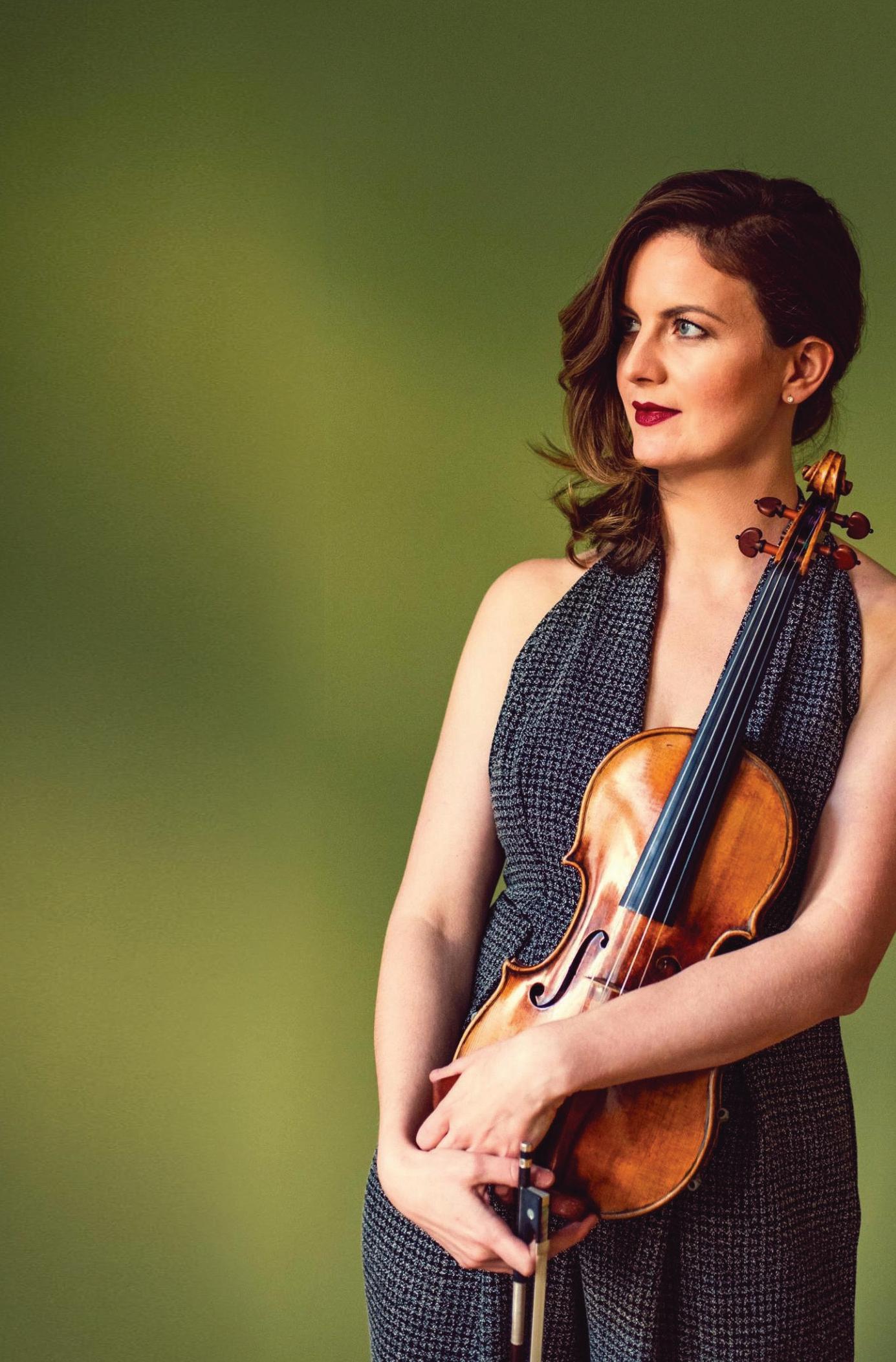
July 19, 2025


July 19, 2025

PRESENTED BY
Saturday, July 19, 2025, at 7 PM
The Cleveland Orchestra
Petr Popelka , conductor
LUDWIG
Violin Concerto 45 minutes VAN BEETHOVEN in D major, Op. 61 (1770–1827)
I. Allegro ma non troppo
II. Larghetto —
III. Rondo: Allegro
Veronika Eberle, violin
SEASON PARTNERS

FAMILY ENGAGEMENT PARTNER MOVIE NIGHT PRESENTING SPONSOR


INTERMISSION
20 minutes
ROBERT Symphony No. 1 in B-flat major, 30 minutes SCHUMANN Op. 38, “Spring” (1810–1856)
I. Andante un poco maestoso — Allegro molto vivace
II. Larghetto —
III. Scherzo: Molto vivace
IV. Allegro animato e grazioso
Total approximate running time: 1 hour 35 minutes







Veronika Eberle’s performance is generously sponsored by The Hershey Foundation
Tonight’s concert is dedicated to Jennifer and Alexander Ogan in recognition of their generous support of music.

Tonight’s concert is dedicated to Catherine and Hyun Park in recognition of their generous support of music.
PLEASE RECYCLE










YOUR FATHER CALLS ME PHLEGMATIC? … And you can listen to this calmly?” An outraged Robert Schumann wrote this to his lover Clara Wieck in May 1838. Clara’s father, the piano pedagogue Friedrich Wieck, disapproved of their relationship and potential union, not convinced that Robert would be able to financially support his daughter. Schumann continued: Up to now, I have provided close upon eighty printed sheets of original matter for the paper, not counting the rest of my editorial work. I have also completed ten considerable compositions within the past two years. There is heart’s blood in them, too! I give several hours daily to the serious study of [J.S.] Bach and Beethoven, outside my own studies. …
Though all would eventually end well — Robert and Clara married in 1840 (much to Wieck’s chagrin) — it was clear in that moment that music was not just a frivolous hobby for Schumann; it was a meaningful profession about which he felt intensely passionate.
The year after his marriage, Schumann would hear the premiere of his First Symphony (nicknamed “Spring”), a work that owes more than a small debt to his “serious study” of Beethoven. But at the same time, the work is pure Schumann, showcasing a young talent that revels in songful melodies and luxurious orchestration, with a dash of poetic imagery that would undoubtedly have captured the imagination of the concert-going public in the 19th century.
Schumann’s symphony is heard in this concert — conducted by Petr Popelka — alongside Beethoven’s Violin Concerto. The work appeared in 1806, and, like many of the composer’s works during this period, expanded a tried-and-true formula (the instrumental concerto) to massive proportions, testing the stamina of soloist and audience alike. Unsurprisingly, its first performance was not a success. It wasn’t until violinist Joseph Joachim revived the work in 1844 that it began to receive reappraisal, and tonight’s soloist, Veronika Eberle, joins a long line of virtuosos who have put the concerto in its rightful place as one of the crown jewels of the violin repertoire.
—
Kevin McBrien Kevin McBrien is The Cleveland Orchestra’s publications manager.
by Ludwig van Beethoven
BORN: December 16, 1770, in Bonn
DIED: March 26, 1827, in Vienna
COMPOSED: 1806
WORLD PREMIERE: December 23, 1806, in Vienna, with Franz Clement as soloist
CLEVELAND ORCHESTRA PREMIERE: January 8, 1920, featuring Jascha Heifetz as soloist and conducted by Music Director Nikolai Sokoloff
ORCHESTRATION: flute, 2 oboes, 2 clarinets, 2 bassoons, 2 horns, 2 trumpets, timpani, and strings, plus solo violin
DURATION: about 45 minutes
THE FOUR DRUM TAPS that open this violin concerto are one of the most surprising and audacious ideas that Ludwig van Beethoven ever committed to paper. What was he thinking? Is this an echo of the military music that emanated from the French Revolution — and which was to be heard all over Vienna in those warlike years? Is it an easy way to set the tempo, like those audible 1–2–3–4 counts that jazz musicians rely on? Is it a suggestion of menace or coming thunder? Is it a way to attract the audience’s attention? Is it a tune?
The concerto itself is so familiar to many of us — along with so many even more daring ideas let loose in the past two centuries — that it’s quite a challenge today to imagine the shockwaves those four notes should have set off at its first performance in 1806. Unless, perhaps, the audience was too noisy to allow anyone to hear them clearly (or at all). Perhaps the Viennese were already used to Beethoven’s eccentricities and regarded this as just another of his strange ways.
In fact, this concerto came into the world with very little fanfare and made little impression on the Viennese or anyone else. Not for some 50 years was it treated as the great work we now know it to be, when Joseph Joachim, Ferdinand David, Henri Vieuxtemps, and other virtuosos began to play it everywhere.
What makes Beethoven’s concerto different from the others of his time is its enormously enlarged sense of space. With four symphonies behind him, he now thought instinctively in symphonic structure and was able to create a broad horizon within which his themes could be extended in a leisurely fashion and adorned by graceful
elaborations from the soloist. For the four drum taps are a theme — or at least a crucial part of a theme — to be taken up by the soloist and the orchestra at various points, sometimes soft, as at the opening, sometimes brutally loud, but always highly distinctive. The other themes of this opening movement are elegant, often built out of rising or falling scales and usually moving in stepwise motion, avoiding wide intervals and sustaining a calm dignity.

Since Beethoven left no written-out solo cadenzas for this concerto, violinists have been writing their own for two centuries. Joachim, Vieuxtemps, Eugène Ysaÿe, Fritz Kreisler, Jascha Heifetz, and dozens of others have published their own versions, and some more recent cadenzas break with convention by quoting from other concertos or indulging in modern techniques such as quarter-tones written in the cracks between notes within Beethoven’s own tonal scale. All three movements offer opportunities for cadenzas, the one at the end of the slow movement acting as a link to the Rondo finale.
The middle slow movement is a group of variations on a theme, 10 measures long, of surpassing simplicity and beauty. First played by the strings alone, the theme passes to the horns and clarinet, then to the bassoon, then back to the strings with strong woodwind punctuation. The soloist, who has offered only decoration up to this point, then introduces a second theme, even more serene than the first, which acts as an interlude before the next variation, marked by pizzicato strings. Just when another variation seems to be hinted at by the horns, a violent series of chords sets up the link into the finale.
The Rondo third movement’s catchy theme releases a burst of energy and an inexhaustible flow of lively invention. The bassoon is favored in a minor-key episode that is heard, regrettably, only once. At the end, the coda plays with the theme like a kitten with a ball of wool — rounding the work off with a light touch quite at odds with the image of a surly, stormy composer that we too often take to be the real Beethoven.
— Hugh Macdonald
Hugh Macdonald is Avis H. Blewett Professor Emeritus of Music at Washington University in St. Louis. He has written books on Beethoven, Berlioz, Bizet, and Scriabin, as well as Music in 1853: The Biography of a Year.
by Robert Schumann
BORN: June 8, 1810, in Zwickau, Saxony
DIED: July 29, 1856, in Bonn
COMPOSED: 1841
WORLD PREMIERE: March 31, 1841, with Felix Mendelssohn conducting the Leipzig Gewandhaus Orchestra
CLEVELAND ORCHESTRA PREMIERE: November 29, 1923, led by Music Director
Nikolai Sokoloff
ORCHESTRATION: 2 flutes, 2 oboes, 2 clarinets, 2 bassoons, 4 horns, 2 trumpets, 3 trombones, timpani, triangle, and strings
DURATION: about 30 minutes
FOR THE YOUNG ROBERT SCHUMANN, the idea of symphony-writing was closely connected to his desire to marry his fiancée, the great pianist Clara Wieck . As it turned out, neither of these aspirations could be accomplished without a great deal of struggle.
Schumann had long had the ambition to become a symphonic composer. A movement from an unfinished early symphony in G minor had been performed — with considerable success — by the Leipzig Gewandhaus Orchestra in April 1833, yet the work was never completed. As far as Schumann’s marriage plans were concerned, the late 1830s were spent mostly fighting Clara’s father, Friedrich Wieck (Schumann’s former piano teacher), in court. The elder Wieck was adamantly opposed to the union. Both battles were at last won in 1840–41. Robert and Clara got married on September 12, 1840. Less than six months later, not only was Schumann’s First Symphony completed, but several other orchestral works were well on their way: the Overture, Scherzo, and Finale; the D-minor Symphony (completed and published as No. 4), and the Fantasy for Piano and Orchestra (which would eventually become the first movement of his Piano Concerto).
Although Schumann did not explicitly call his B-flat major Symphony the “Spring Symphony,” he did make it known that he had been inspired by the idea of spring. He even intended to give each of its four movements a descriptive title (“Beginning of Spring,” “Evening,” “Merry Playmates,” and “Spring at Its Height”) but later decided not to do so. Apparently, it all started with a line of poetry that Schumann couldn’t get out
of his head: “Im Tale blüht der Frühling auf” (In the valley spring is blossoming). And these words can, in fact, be sung to the opening motive of the symphony. The author of the poem in question, Adolf Böttger, was a friend of Schumann’s and later helped him with the libretto of the oratorio Das Paradies und die Peri (Paradise and the Peri).

ROBERT SCHUMANN
In the first movement, the short initial idea grows organically into a large-scale symphonic construction. In the secondmovement Larghetto, Schumann’s method was to spin out a single long melodic line, instead of repeating and modifying short melodic segments. To borrow a title invented by Schumann’s friend Felix Mendelssohn, this movement is a true “song without words” — there are actual quotes from Schumann’s song Mainacht (May Night) within the music. The movement does not have a clear-cut ending; instead, it concludes on a half-cadence that leads directly into the Scherzo.
The third-movement Scherzo begins with an extensive section of minor-mode music. This is rather surprising, as a symphonic scherzo is the last movement where one would expect the dramatic tone implied by a minor key. But there was a precedent to which Schumann makes a clear allusion here — in the first of the movement’s two Trios there is a reminiscence of the fanfare theme from the first movement of Mozart ’s Symphony No. 40. After a return of the Scherzo itself, we hear the second Trio, a quick dance seemingly up “on tiptoes.” The final return of the Scherzo turns into a dreamy coda which, after several surprising tempo changes, ends in a most unusual way, very briefly recalling the first Trio in a delicate, soft pianissimo
The fourth-movement finale, at once playful and jubilant, has two principal themes, related by their common underlying rhythm. The second of these themes, which revisits the minor mode, quotes the last movement of Schumann’s piano cycle Kreisleriana from 1838. For a fleeting moment, darker clouds gather in the development section, but a poetic horn call and a delicate flute cadenza clear the air, and a cheerful recapitulation is soon underway to end the symphony.
—
Peter Laki
Peter Laki is a musicologist and frequent lecturer on classical music. He is a visiting associate professor at Bard College.








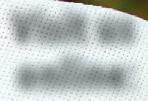



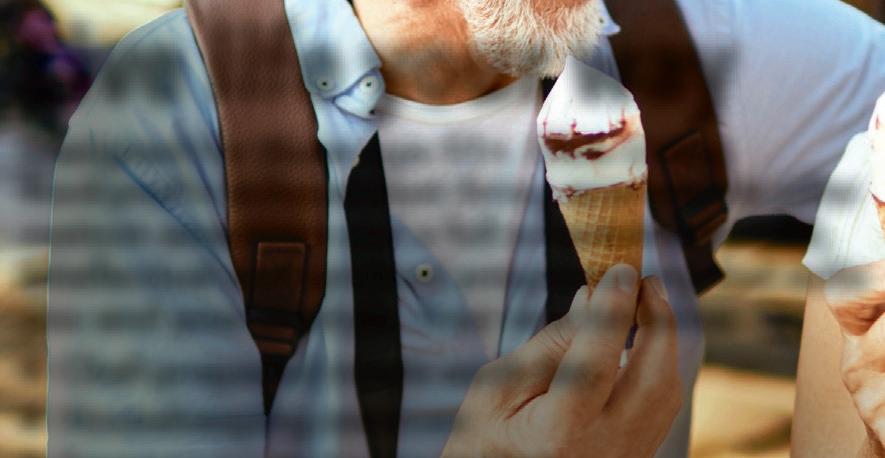


















conductor

Petr Popelka became chief conductor of the Wiener Symphoniker starting in the 2024–25 season. To inaugurate his tenure, he conducted a performance of Schoenberg ’s monumental Gurre-Lieder, toured across Europe and Asia, and led engagements at the Vienna Konzerthaus and Musikverein. Under the name “Primavera da Vienna,” Popelka and the Wiener Symphoniker also launched a new Easter Festival in Trieste.
Further highlights of recent seasons include his debuts with The Cleveland Orchestra, Chicago Symphony Orchestra, Tonhalle-Orchester Zürich, Swedish Radio Symphony Orchestra, NHK Symphony Orchestra, and Pittsburgh Symphony Orchestra, as well as returns to the Staatskapelle Berlin, Gewandhausorchester, Bamberg Symphony, and Danish National Symphony Orchestra. He led two prestigious TV concerts: the Czech Philharmonic’s Velvet Revolution Concert as well as the Nobel Prize Concert with the Royal Stockholm Philharmonic Orchestra. As curator of the Czech Chamber Music Society, he also appeared as composer, double bass player, and pianist.
A passionate opera conductor, Popelka wrapped up his three-season Tristan und Isolde project with the Prague Radio Symphony Orchestra, conducting the third act of Wagner’s music drama. Following this, he took the helm for a complete rendition of the masterpiece at the Deutsche Oper Berlin. He has also made guest appearances at the Zurich Opera House (Mozart ’s Don Giovanni), Semperoper Dresden (Shostakovich ’s The Nose), Theater an der Wien (Weinberger ’s Schwanda the Bagpiper), and Oslo Opera (Richard Strauss’s Elektra).
Popelka served as the deputy principal double bassist of the Sächsische Staatskapelle Dresden from 2010 to 2019. During the 2019–20 season, he embarked on his conducting career as the inaugural conductor fellow of the NDR Elbphilharmonie Orchestra before swiftly assuming the role of chief conductor of the Norwegian Radio Orchestra from 2020 to 2023. Popelka, who received musical training in his hometown of Prague and in Freiburg, is also an active composer.
violin
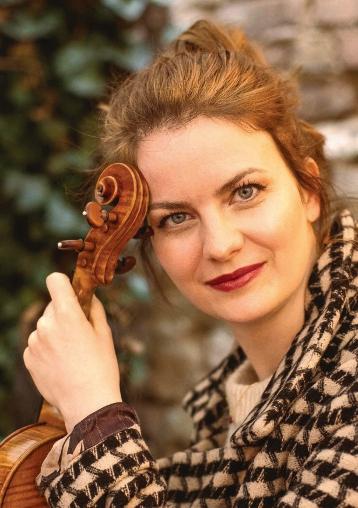
Veronika Eberle’s exceptional talent and the poise and maturity of her musicianship have been recognized by many of the world’s finest orchestras, venues, and festivals, as well as by the most eminent conductors, such as Sir Simon Rattle, Bernard Haitink, Yannick Nézet-Séguin, Louis Langrée, Paavo Järvi, and Alan Gilbert, to name a few.
In the 2024–25 season, Eberle made debuts with The Cleveland Orchestra, New York Philharmonic, Boston Symphony Orchestra, Royal Liverpool Philharmonic, Gothenburg Symphony, and Philharmonie Zuidnederland. This season also saw her return to Wigmore Hall as artist in residence and to the Los Angeles Philharmonic, Netherlands Philharmonic, Oslo Philharmonic, and Budapest Festival Orchestra.
Other recent orchestral highlights include debuts with the Orchestre National du Capitole de Toulouse, Karajan-Akademie, and Detroit Symphony Orchestra, and returns to the Symphonieorchester des Bayerischen Rundfunks, Bournemouth Symphony Orchestra, and Atlanta Symphony Orchestra. Recent chamber music projects include performances at the Gstaad Menuhin Festival with Sol Gabetta and Antoine Tamestit, Schubertiade with Steven Isserlis and Connie Shih, and Heidelberger Fruhling Festival alongside Adrien La Marca and Quirine Viersen, among others.
Born in Donauwörth, Germany, Eberle started violin lessons at age 6 and became a junior student four years later at the Richard-Strauss-Konservatorium in Munich with Olga Voitova . After studying privately with Christoph Poppen for a year, she joined the Hochschule in Munich, where she studied with Ana Chumachenco from 2001 to 2012.
Eberle has benefited from the support of several prestigious organizations, including the Reinhold Würth Musikstiftung gGmbH, Nippon Music Foundation, Borletti-Buitoni Trust (fellowship in 2008), Orpheum Stiftung zur Förderung Junger Solisten, Deutsche Stiftung Musikleben, and Jürgen-Ponto Stiftung. She was a BBC Radio 3 New Generation Artist from 2011 to 2013 and was a Dortmund Konzerthaus “Junge Wilde” artist from 2010 to 2012.
Eberle plays the 1693 “Ries” Stradivarius, which is kindly on loan from the Reinhold Würth Musikstiftung gGmbH.




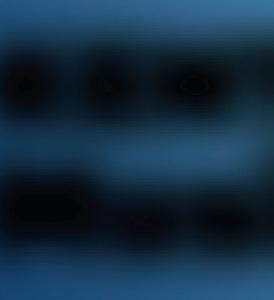
BY THE KULAS FOUNDATION





Celebrating its 57th season, the Kent Blossom Music Festival is an advanced institute for professional music training operated by Kent State University in cooperation with The Cleveland Orchestra presenting public performances by distinguished artist faculty and talented young musicians.
JUNE 22 — JULY 27 A Partnership between Kent State University and The Cleveland Orchestra Concert & Ticket Information:



OCTOBER 22

TUESDAY MUSICAL PRESENTS: the Akron Concert Series, our 137th season: 2024-2025.
TUESDAY MUSICAL PRESENTS: the Akron Concert Series, our 138th season: 2025-2026
OCTOBER 21
FEBRUARY 11
FEBRUARY 10
MARC-ANDRÉ HAMELIN
MICHAEL FEINSTEIN’S TRIBUTE TO TONY BENNETT
NOVEMBER 18
NOVEMBER 19
SIMONE DINNERSTEIN
VIVALDI’S FOUR SEASONS AT 300 with Les Arts Florissants
DECEMBER 3
NOVEMBER 30
JOYCE DIDONATO WITH KINGS RETURN
CHRISTMAS WITH CANTUS

CZECH NATIONAL PHILHARMONIC
IMANI WINDS & BOSTON BRASS
MARCH 4
MARCH 3
ISIDORE STRING QUARTET WITH PIANIST JEREMY DENK
MARSALIS-McALLISTER-AMES TRIO
APRIL 22
APRIL 21
AKRON BICENTENNIAL
RENéE FLEMING
Voice of Nature: The Anthropocene







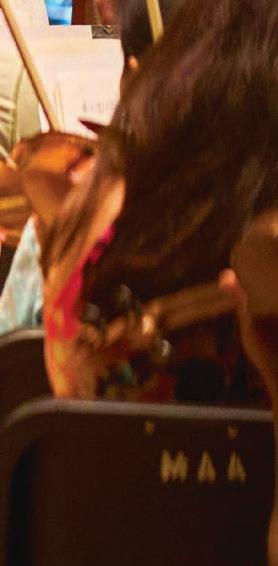

Franz Welser-Möst Music Director
KELVIN SMITH FAMILY CHAIR
FIRST VIOLINS
Joel Link
CONCERTMASTER
Blossom-Lee Chair
Liyuan Xie
FIRST ASSOCIATE
CONCERTMASTER
Virginia M. Lindseth, PhD, Chair
Jung-Min Amy Lee
ASSOCIATE CONCERTMASTER
Gretchen D. and Ward Smith Chair
Stephen Tavani
ASSISTANT CONCERTMASTER
Dr. Ronald H. Krasney Chair
Wei-Fang Gu
Drs. Paul M. and Renate H. Duchesneau Chair
Kim Gomez
Elizabeth and Leslie Kondorossy Chair
Chul-In Park
Harriet T. and David L. Simon Chair
Miho Hashizume
Theodore Rautenberg Chair
Jeanne Preucil Rose
Larry J.B. and Barbara S. Robinson Chair
Alicia Koelz
Oswald and Phyllis Lerner Gilroy Chair
Yu Yuan
Patty and John Collinson Chair
Isabel Trautwein
Trevor and Jennie Jones Chair
Katherine Bormann
Analise Handke
Gladys B. Goetz Chair
Zhan Shu
Youngji Kim
Paul and Lucille Jones Chair
Genevieve Smelser
SECOND VIOLINS
Stephen Rose*
Alfred M. and Clara T. Rankin Chair
Eli Matthews 1
Patricia M. Kozerefski
and Richard J. Bogomolny Chair
Jason Yu2
James and Donna Reid Chair
Sonja Braaten Molloy
Carolyn Gadiel Warner
Elayna Duitman
Ioana Missits
Jeffrey Zehngut^
Sae Shiragami
Kathleen Collins
Beth Woodside
Emma Shook
Dr. Jeanette Grasselli Brown and Dr. Glenn R. Brown Chair
Yun-Ting Lee
Deborah L. Neale Chair
Jiah Chung Chapdelaine
Gawon Kim
VIOLAS
Wesley Collins*
Chaillé H. and Richard B. Tullis Chair
Stanley Konopka 2
Mark Jackobs
Jean Wall Bennett Chair
Lisa Boyko
Richard and Nancy Sneed Chair
Richard Waugh
Lembi Veskimets
The Morgan Sisters Chair
Eliesha Nelson^
Anthony and Diane Wynshaw-Boris Chair
Joanna Patterson Zakany
William Bender
Thomas Lauria and Christopher Lauria Chair
Gareth Zehngut^
Mark Kosower*
Louis D. Beaumont Chair
Richard Weiss 1
The GAR Foundation Chair
Charles Bernard2
Helen Weil Ross Chair
Bryan Dumm
Muriel and Noah Butkin Chair
Tanya Ell
Thomas J. and Judith Fay Gruber Chair
Ralph Curry
Brian Thornton
William P. Blair III Chair
David Alan Harrell
Martha Baldwin
Dane Johansen
Marguerite and James Rigby Chair
Paul Kushious
BASSES
Maximilian Dimoff *
Clarence T. Reinberger Chair
Charles Paul1
Mary E. and F. Joseph Callahan Chair
Derek Zadinsky2
Mark Atherton
Thomas Sperl
Henry Peyrebrune
Charles Barr Memorial Chair
Charles Carleton
Scott Dixon
Brandon Mason
HARP
Trina Struble*
Alice Chalifoux Chair
FLUTES
Joshua Smith*
Elizabeth M. and William C. Treuhaft Chair
Saeran St. Christopher
Jessica Sindell2^
Austin B. and Ellen W. Chinn Chair
Mary Kay Fink
PICCOLO
Mary Kay Fink
Anne M. and M. Roger Clapp Chair
OBOES
Frank Rosenwein*
Edith S. Taplin Chair
Corbin Stair
Sharon and Yoash Wiener Chair
Jeffrey Rathbun 2
Everett D. and Eugenia S. McCurdy Chair
Robert Walters
ENGLISH HORN
Robert Walters
Samuel C. and Bernette K. Jaffe Chair
CLARINETS
Afendi Yusuf *
Robert Marcellus Chair
Robert Woolfrey
Victoire G. and Alfred M. Rankin, Jr. Chair
Daniel McKelway2
Robert R. and Vilma L. Kohn Chair
Amy Zoloto
E-FLAT CLARINET
Daniel McKelway
Stanley L. and Eloise M. Morgan Chair
BASS CLARINET
Amy Zoloto
Myrna and James Spira Chair
BASSOONS
John Clouser*
Louise Harkness Ingalls Chair
Gareth Thomas
Jonathan Sherwin
CONTRABASSOON
Jonathan Sherwin
HORNS
Nathaniel Silberschlag*
George Szell Memorial Chair
Michael Mayhew §
Knight Foundation Chair
Jesse McCormick
Robert B. Benyo Chair
Hans Clebsch
Richard King
Meghan Guegold Hege^
TRUMPETS
Michael Sachs*
Robert and Eunice Podis Weiskopf Chair
Jack Sutte
Lyle Steelman 2^
James P. and Dolores D. Storer Chair
Michael Miller
CORNETS
Michael Sachs*
Mary Elizabeth and G. Robert Klein Chair
Michael Miller
TROMBONES
Brian Wendel*
Gilbert W. and Louise I. Humphrey Chair
Richard Stout
Alexander and Marianna C. McAfee Chair
Shachar Israel2
BASS TROMBONE
Luke Sieve
EUPHONIUM & BASS TRUMPET
Richard Stout
TUBA
Yasuhito Sugiyama*
Nathalie C. Spence and Nathalie S. Boswell Chair
TIMPANI
Zubin Hathi*
Otto G. and Corinne T. Voss Chair
Peter Nichols2
Mr. and Mrs. Richard K. Smucker Chair
PERCUSSION
Marc Damoulakis*
Margaret Allen Ireland Chair
Thomas Sherwood
Tanner Tanyeri
Peter Nichols
KEYBOARD INSTRUMENTS
Carolyn Gadiel Warner
Marjory and Marc L. Swartzbaugh Chair
LIBRARIAN
Michael Ferraguto*
Joe and Marlene Toot Chair
ENDOWED CHAIRS CURRENTLY UNOCCUPIED
Clara G. and George P. Bickford Chair
Sandra L. Haslinger Chair
Charles M. and Janet G. Kimball Chair
Sunshine Chair
Rudolf Serkin Chair
CONDUCTORS
Christoph von Dohnányi
MUSIC DIRECTOR LAUREATE
Taichi Fukumura
ASSISTANT CONDUCTOR
Elizabeth Ring and William Gwinn Mather Chair
James Feddeck
PRINCIPAL CONDUCTOR & MUSICAL ADVISOR OF THE CLEVELAND ORCHESTRA YOUTH ORCHESTRA
Sidney and Doris Dworkin Chair
Lisa Wong
DIRECTOR OF CHORUSES
Frances P. and Chester C. Bolton Chair
* Principal
§ Associate Principal
1 First Assistant Principal
2 Assistant Principal
^ Alum of The Cleveland Orchestra Youth Orchestra
This roster lists full-time members of The Cleveland Orchestra. The number and seating of musicians on stage varies depending on the piece being performed. Seating within the string sections rotates on a periodic basis.
Now firmly in its second century, The Cleveland Orchestra, under the leadership of Music Director Franz Welser-Möst since 2002, is one of the most sought-after performing ensembles in the world. Year after year, the ensemble exemplifies extraordinary artistic excellence, creative programming, and community engagement. In recent years, The New York Times has called Cleveland “the best in America” for its virtuosity, elegance of sound, variety of color, and chamber-like musical cohesion.
Founded by Adella Prentiss Hughes, the Orchestra performed its inaugural concert in December 1918. By the middle of the century, decades of growth and sustained support had turned it into one of the most admired globally.
The past decade has seen an increasing number of young people attending concerts, bringing fresh attention to The Cleveland Orchestra’s legendary sound and committed programming. More recently, the Orchestra launched several bold digital projects, including the streaming platform Adella.live and its own recording label. Together, they have captured the Orchestra’s unique artistry and the musical achievements of the Welser-Möst and Cleveland Orchestra partnership.
The 2025–26 season marks Franz Welser-Möst’s 24th year as music director, a period in which The Cleveland Orchestra has earned unprecedented acclaim around the world, including a series of residencies at the Musikverein in Vienna, the first of its kind by an American orchestra, and a number of celebrated opera presentations.
Since 1918, seven music directors — Nikolai Sokoloff, Artur Rodziński, Erich
Leinsdorf, George Szell, Lorin Maazel, Christoph von Dohnányi, and Franz Welser-Möst — have guided and shaped the ensemble’s growth and sound. Through concerts at home and on tour, broadcasts, and a catalog of acclaimed recordings, The Cleveland Orchestra is heard today by a growing group of fans around the world.
@ClevelandOrchestra
@cleveorch
@CleveOrchestra
@clevelandorchestra
FRANZ WELSER-MÖST, MUSIC DIRECTOR








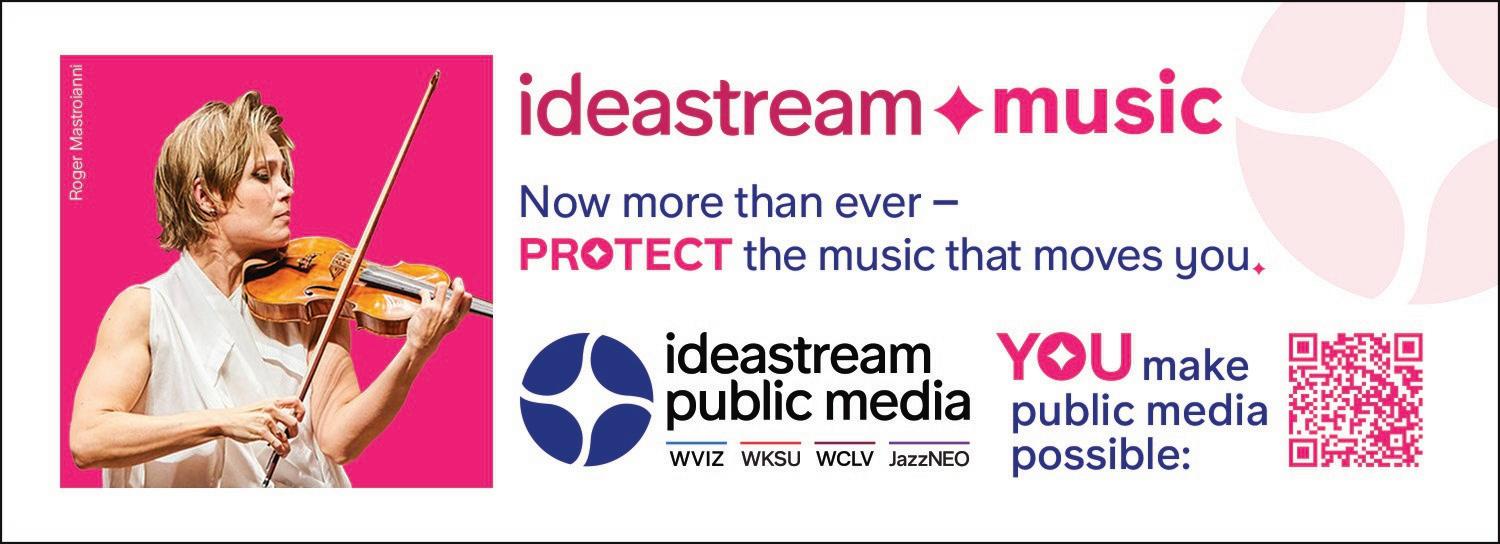





Guests with Pavilion seats who arrive after the start of the concert may be asked to wait outside the Pavilion until the first convenient pause in the music, after which our ushers will help you to your seats.
Guests on the Lawn may bring their own chairs, but guests with high-backed chairs that obstruct others’ views may be asked to relocate to the rear of the Lawn. Rental chairs are available for a fee of $10 per evening. Tents, flags, balloons, or other structures that might obstruct views or present a hazard are prohibited. Open flames are also prohibited.
Audio recording, photography, and videography are prohibited during performances at Blossom. Photographs and videos can only be taken when the performance is not in progress. As a courtesy to others, please silence all electronic devices prior to the start of the concert.
All Blossom Music Festival events are presented in a smoke-free environment. Smoking or vaping are not allowed anywhere on the grounds or in buildings once you have entered through the ticket gates. A smoking area is available outside the gates in a designated area of Parking Lot A.
In the event of severe weather, a coordinated alert will be issued. Guests will be directed to safety by our staff and loudspeaker system. Visit clevelandorchestra.com/weather for weather updates and more information.
Free tram service between the parking lots and Smith Plaza and the Pavilion is available on a continuous basis before and after each concert. The ADA Van Service can pick up at the Main Gate with service to the Tram Circle.
Visit our Information Center, hosted by the Blossom Friends of The Cleveland Orchestra, inside the Main Gate on Smith Plaza.
The Cleveland Orchestra is grateful to these organizations for their ongoing generous support of The Cleveland Orchestra: National Endowment for the Arts, the State of Ohio and Ohio Arts Council, and to the residents of Cuyahoga County through Cuyahoga Arts and Culture.
For more information and direct links to download, visit clevelandorchestra.com/ticketwallet or scan the code with your smartphone camera to download the app for iPhone or Android. Available for iOS and Android on Google Play and at the Apple App Store.
© 2025 The Cleveland Orchestra and the Musical Arts Association
Program books for Cleveland Orchestra concerts are produced by The Cleveland Orchestra and are distributed free to attending audience members.
EDITORIAL
Kevin McBrien, Publications Manager The Cleveland Orchestra kmcbrien@clevelandorchestra.com
DESIGN
Judy Barabas, Red Swing Creative
ADVERTISING
Live Publishing Company, 216-721-1800
PLEASE RECYCLE







